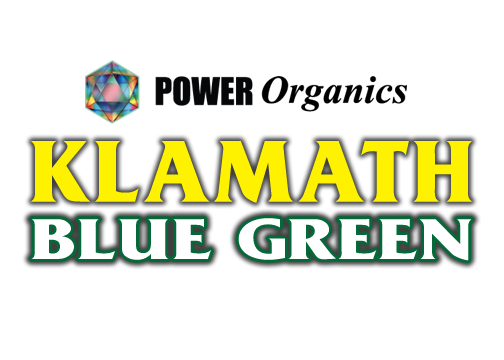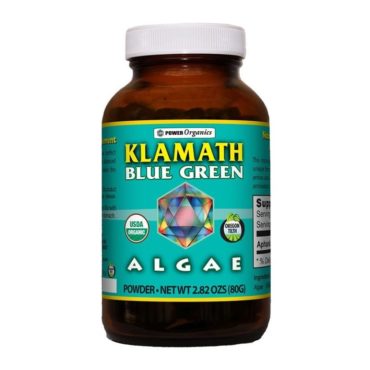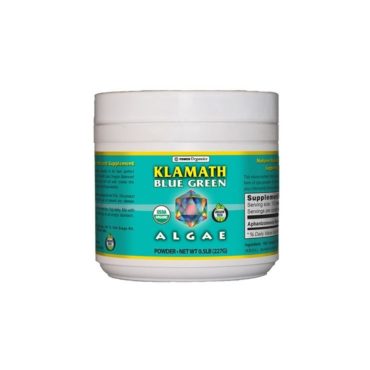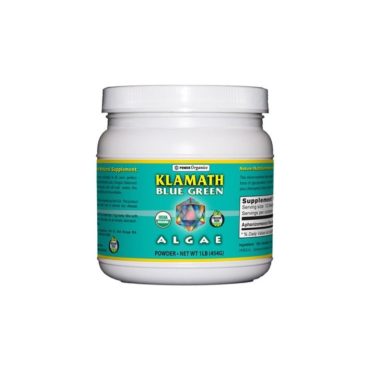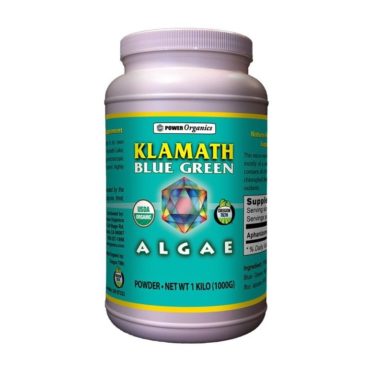General Information
The Klamath Blue Green Algae Powder
Power Organics is certified organic by Oregon Tilth, an organic certifying agency.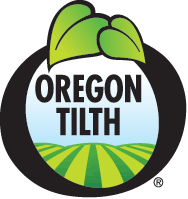
Refined dietary supplements may contain a high percentage of a specific nutrient, but if the body cannot absorb it, it’s of no use and can even be detrimental.
Klamath Blue Green Algae’s microscopic size and soft cell wall is comprised of a gluco-lipo-protein complex, which is exactly what the body needs to absorb it.
Powders are a popular way to consume algae because they are very easy to mix into smoothies, drinks and other meals such as pastas, salads, oatmeal and many others.
The vibrant color of powder also brings fantastic color to homemade meals, drinks and smoothies. Please check out our blog page for fantastic recipes containing Klamath Blue Green Algae Powder.
Klamath Blue Green Algae Powders
“Gram-for-gram microalgae may be the most nutrient dense food on Earth: The primitive character of microalgae’s cellular organization gives It a number of advantages over higher plants and animals as a food source. For starters, praaically the entire organism can be nutritious, with minimal indigestible structures. By contrast, typically less than half of the dry weight of peanunts and animals has nutritional value. Primitive blue-green algae are composed almost entirely of nutritionally useful and uniform cells. Furthermore, microalgae exhibit superior photosynthetic efficiency, using light approximately three rimes more efficiently than higher plants. Microalgae are among the most productive organisms on the planet.
“Why does AFA (Aphanizomenon flos-aguae, a blue-green algae) – small and simple as it seems to be- contain more micro-nutrients than any other known food? … AFA cells are about 20 to 30 times smaller than the cells within the food we usually eat. Because of this. AFA contains 20 to 30 times the membrane surface area: AFA’s smaller cell size means a larger ratio of cell membrane surface compared to the rest of the cell. In the case of blue-green algae, the cell membrane is where some of the most important nutrients are concentrated.
AFA algae produces more cell membrane material without getting larger by creating a vast system of membrane inpouchings similar to the brain’s infoldings. In other words, if the cell membrane were ironed fiat, it would be many times the apparent size of the cell.

